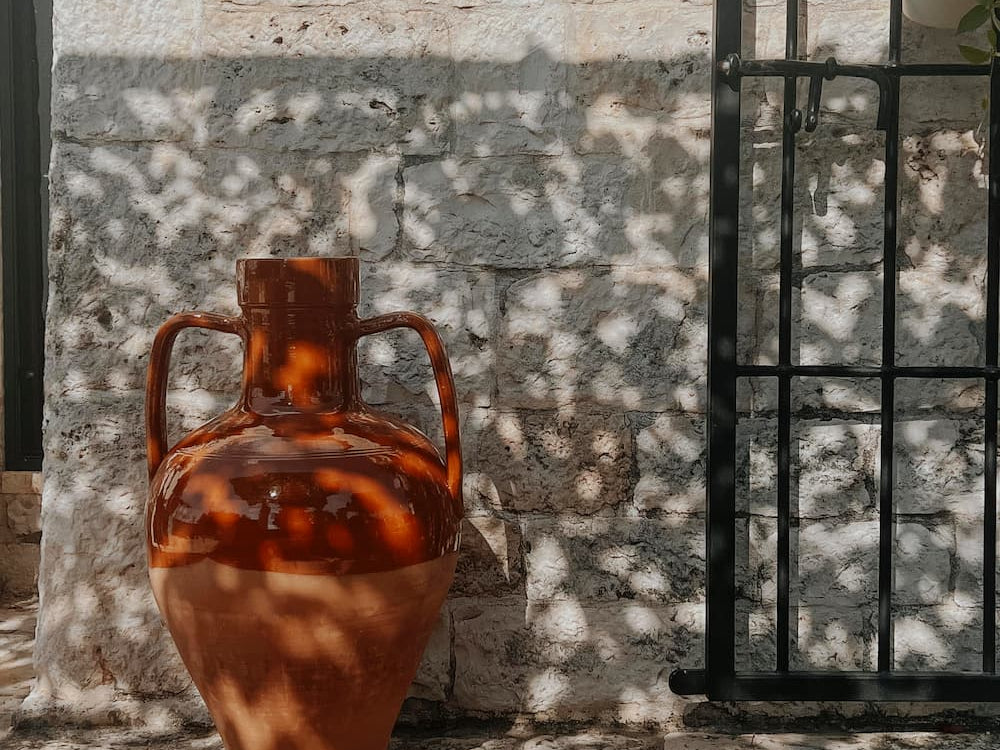
At the end of August 2022, we travelled by train to the south of Italy (Puglia, to be precise). Below you will find my note, advice on where to stay and eat. This write-up appeared first in my newsletter in September. Sign up here.
----
Alberobello

We stayed in a typical trullo just outside Alberobello. This accommodation was truly perfect: beautiful pool and ample garden, bicycles to explore the beautiful town, stacked pantry and everything you may ever need, with plenty of thoughtful touches. Our host Angelo was a pleasure to talk to. I cannot recommend it enough.
In Alberobello, a must-see little town, I have to recommend eating at Terra Madre, just a few steps from the Trullo Sovrano. Terra Madre is a garden-to-table, vegetables-focused restaurant with delicious typical local dishes. The setting in the garden is a must-see. Make sure to book ahead.
Do not miss: Locorotondo


A few minutes drive from Alberobello sits the little town of Locorotondo (“round place”). Perched up on a hill overlooking the Valle D'Itria, the old town is a collection of small cobblestone streets you can get lost in.
The old town is made up of little sloping roofs houses, called “cummerse” organised inside the round shaped town.
From the town you will have a beautiful view of the valley which features hundreds of trulli. From below the stairs you will be able to observe the round shape of the old town.
We stopped for lunch at Il Rosone, a small restaurant with delicious local dishes. We loved it so much that we went back for dinner.
Grottaglie: the city of ceramics


No visit to this area of Italy would be complete without seeing Grottaglie, the city of ceramics.
Ancient traditions of ceramics are kept alive in this little town which dedicates an entire neighbourhood to the many workshops and studios.
The ceramics produced in this area are typical Maiolica, earthenware pieces with colorful decorations. Functional pottery made in this area has been focused on producing big jars (up to 1,5 meters high) to store wine, oils and grains. You will see the typical honey yellow pieces ("robba gialla"), green ("robba verde") and white ("robba bianca").
I recommend you start your visit by stopping by the ceramics museum (go early as they close for lunch).
Then make your way through the ceramics neighbourhood and make sure to stop by Antonio Fasano's workshop, and the impressive space run by the brothers Anti. In following their father's footsteps, they specialise in reproductions of antique Greek artifacts.
